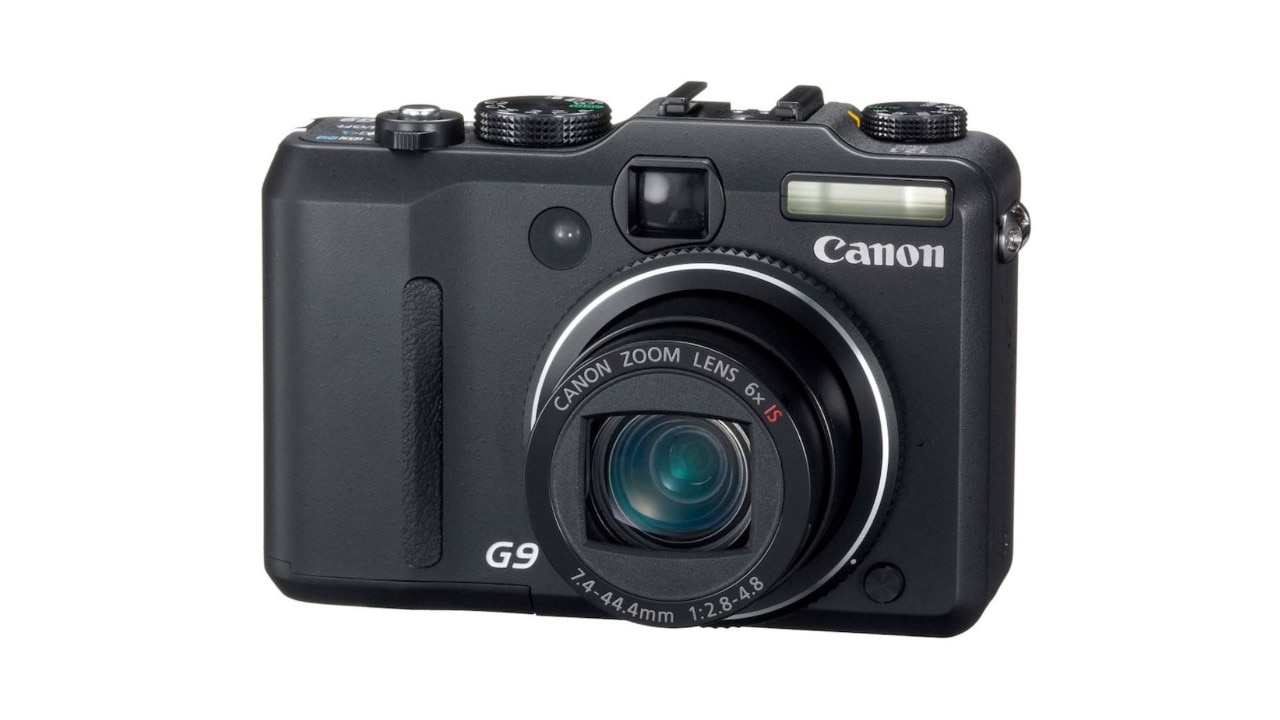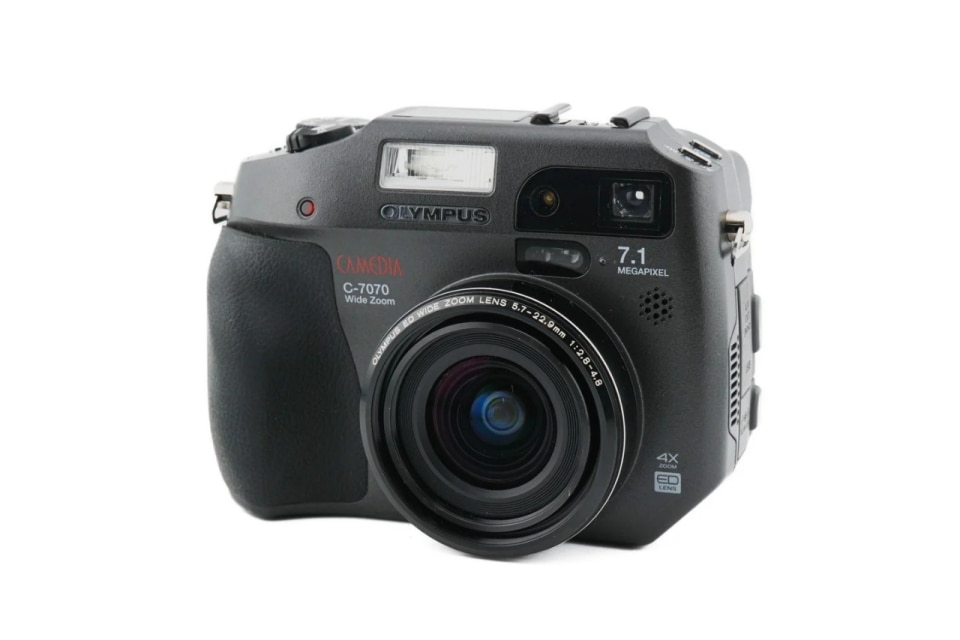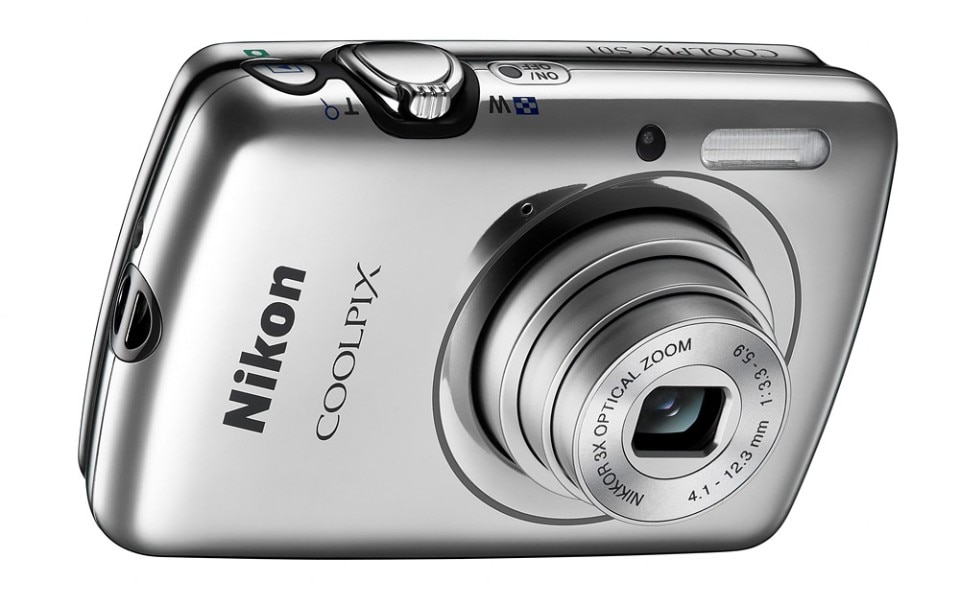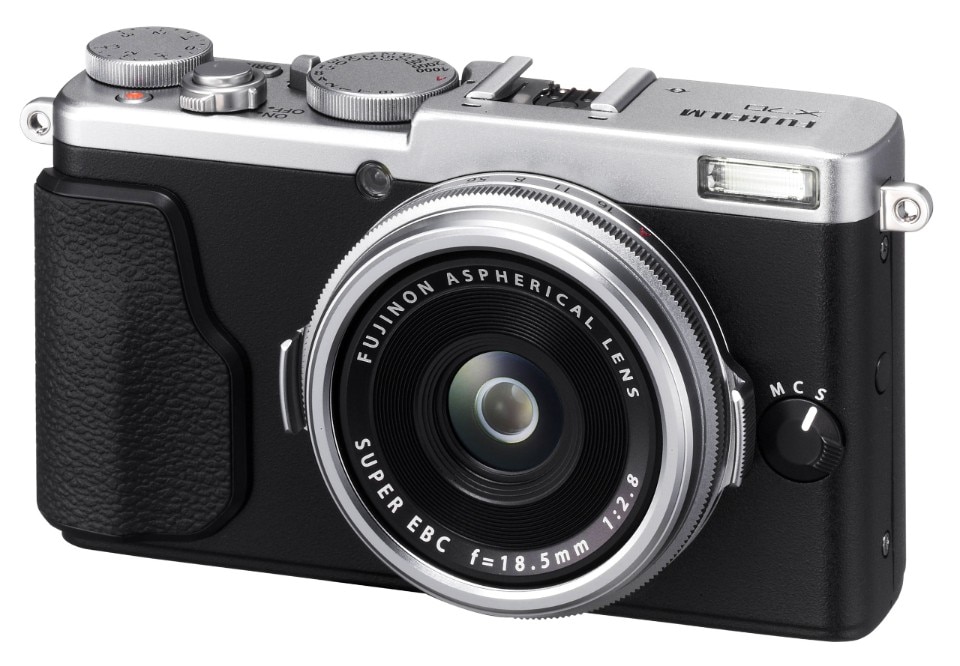The smartphone eats objects. It turns them into functions and applications. It sublimates their physicality into software. Then sometimes these objects come back. We saw this with cassette tapes and minidisc players. And with phones themselves.
As for compact cameras, the situation is a bit more complex. In truth, they never disappeared altogether. But they remained mainly at a high level of the market, aimed at the very enthusiast. There are so many and super popular forums dedicated to the Ricoh GR, one of the most vaunted camera families ever, first in film and then in digital, not least because Daido Moriyama, one of the photographers with the most "cred" on social, uses them." And Fujifilm's flagship compact, the Fujifilm x100, updated several times and now in its sixth incarnation, is always sold out. But we are talking about very specific and very high-cost models - above a thousand euros,
But when did it happen?
There is a place where one realizes very quickly where photography is going. It is a mall in Hong Kong, overlooking Nathan Road, the "broadway" of the Asian megacity. Inside, it's a photographer's paradise, an entire building where floor after floor of stalls dedicated to photography in all its aspects. Well, if film compacts dominated the shelves before Covid, if you have been there recently you would have seen three types of cameras that stand out, amidst Dji drones and endless stocks of Sony lenses: they are the disposables, perhaps with pre-impressed film; the instant cameras. And lots and lots of digicams, or compact digital cameras. Everywhere, lots of them, and with much higher prices than a few years ago.
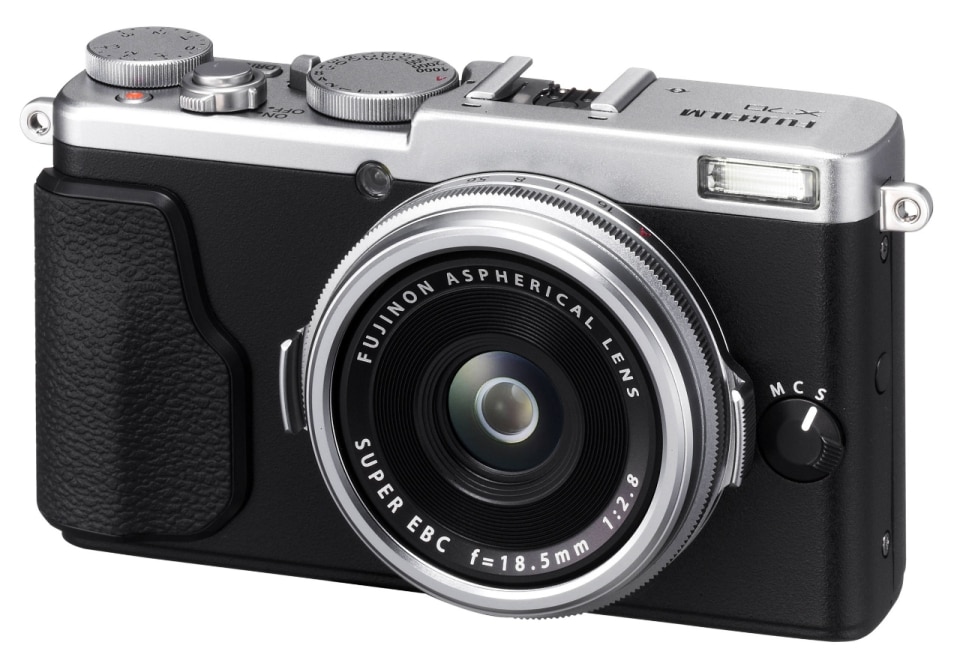
Beware: most of these cameras are used, not new. Case in point: the Canon G7x Mark III, a 2019 camera that has become an obsession on TikTok this year, driving up its price. That old Powershot has become the symbol of digicam redemption. But it's the tip of the iceberg: there are plenty of reels on social media showing digital cameras in action. Often in the hands of girls or boys who were not yet born when they were launched on the market. Nothing strange about photography, after all--how many photographers learned to shoot on a 1970s Nikon, after all?
The photos are not "perfect" like those of iPhones. They are full of mistakes not corrected by AI. But being able to make mistakes sometimes makes you feel free.
The reasons for the redemption of digicams are multiple and complex. There is the Y2k nostalgia, the return of "paparazzi shots"; the rediscovery of the physical experience, not mediated by a touch screen; the idea of a gadget with status symbol; the social trend: on YouTube and TikTok digicams are going like wildfire; almost by paradox, also the privacy discourse: digicams, they are not in the cloud. All features that make them perfect items for a trip or general vacation time. No sharing anxiety, and the memory card can stay inside the camera, turning it into a real time machine, to be rediscovered a few years.
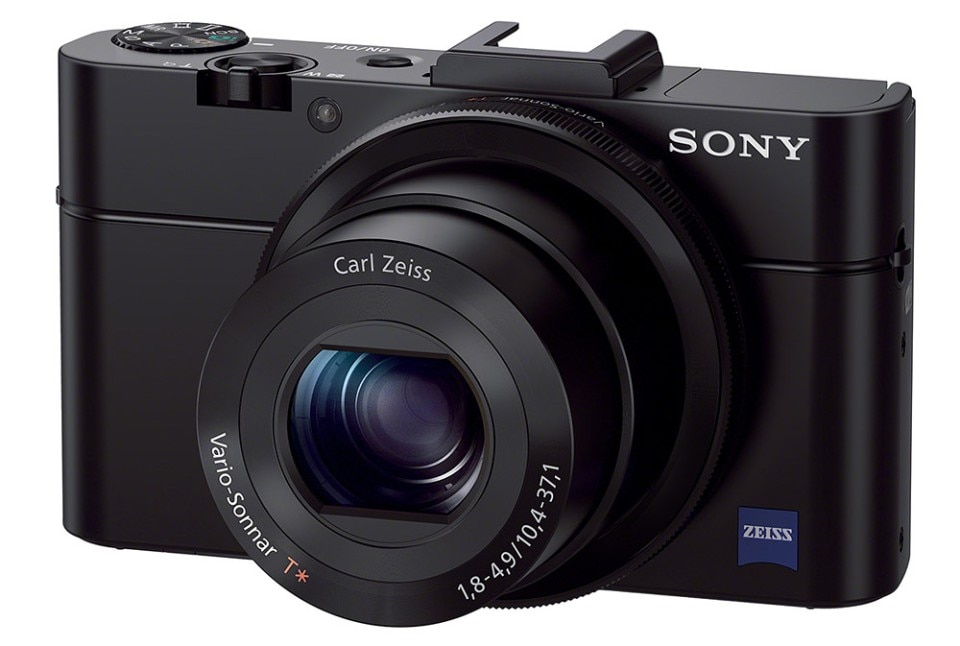
The "aesthetic" cameras
In summary, we can say that the main reason for buying a digicam is aesthetics. Aesthetics of the object itself first of all. Because the camera has become an accessory, a gadget to be shown off and carried around like a labubu. Models such as Nikon's S01 or Sony's sera T can be easily hung on a backpack or keychain.
The other aesthetic is the photos these cameras take. They are not "perfect" like those of iPhones. They are full of mistakes not corrected by AI. But being able to make mistakes sometimes makes you feel free. Or surprise yourself with the results. Plus many of the compact cameras have manual controls that are easier to understand than those on a smartphone. Finally, there is the sensor. Today the dominant technology on smartphones and cameras is Cmos, which are mostly manufactured by Sony. These are very high-performance sensors, capable of very good results in low light and excellent performance on video. But it is precisely the cleanliness of these sensors that has come to tire: photos that are too sharp, too correct, too similar to each other. In response, many photographers and creators rediscovered the fascination with mistakes, imperfections, and technical limitations that made images less "perfect," but more alive.
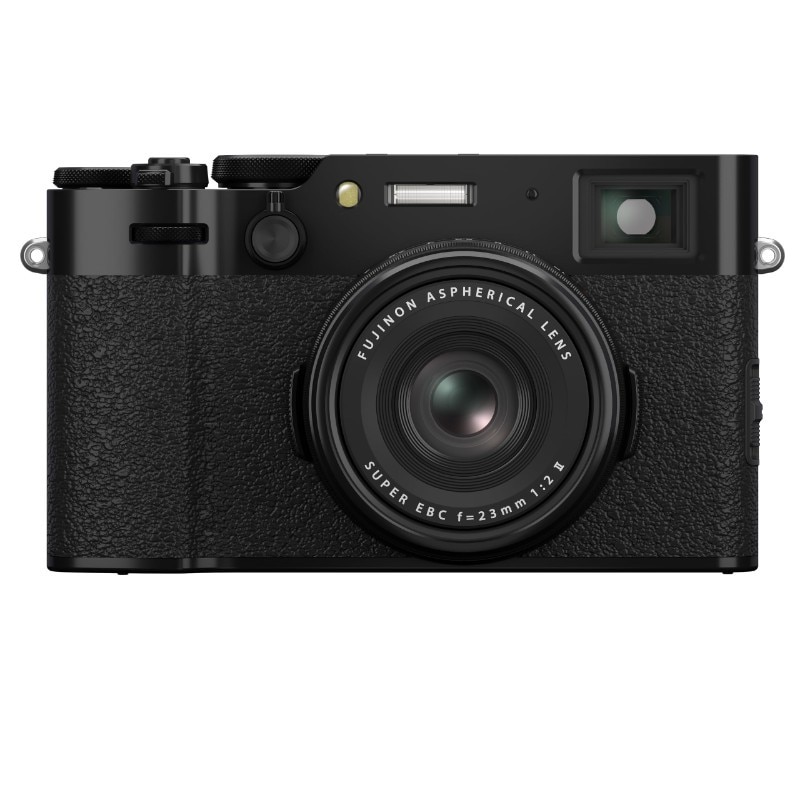
The Myth of the Ccd Sensor
Throughout the first phase of digital photography, Ccd technology dominated. Today, the visual aesthetic of Ccd is sought after because it is considered less digital, more nostalgic and vibrant, closer to the feel of film. Cameras such as the Fujifilm FinePix F31fd have reached unthinkable prices precisely because of this reputation for being able to produce unique photos that are impossible today. Other models include the Canon G9, the early Ricoh Gr Digital, and the Sony Dsc V3, plus the splendid Panasonic Lumix cameras that were also marketed under the Leica brand: all have multiplied in value in recent years, after having been abandoned in drawers during the years when it seemed that the only photography possible was with smartphones.
No sharing anxiety, and the memory card can stay inside the camera, turning it into a real time machine, to be rediscovered a few years.
Are they really better? Certainly they are different. And they are part of a cycle of trends. Maybe tomorrow we will return to shooting massively in film, or spend salaries to grab an iPhone 3. In the meantime, the photography greats, Canon in the lead, are coming back with highly advanced models of compact cameras. In the meantime, with a tour of Sunday markets and specialized sites, with a hundred euros or so we can bring home the perfect camera to take home the vacation shot. In the end, it doesn't matter whether it's a 50 euro digicam or a digital Leica M: the important thing is that the medium inspires us to look at the world in a different way than a swipe.


